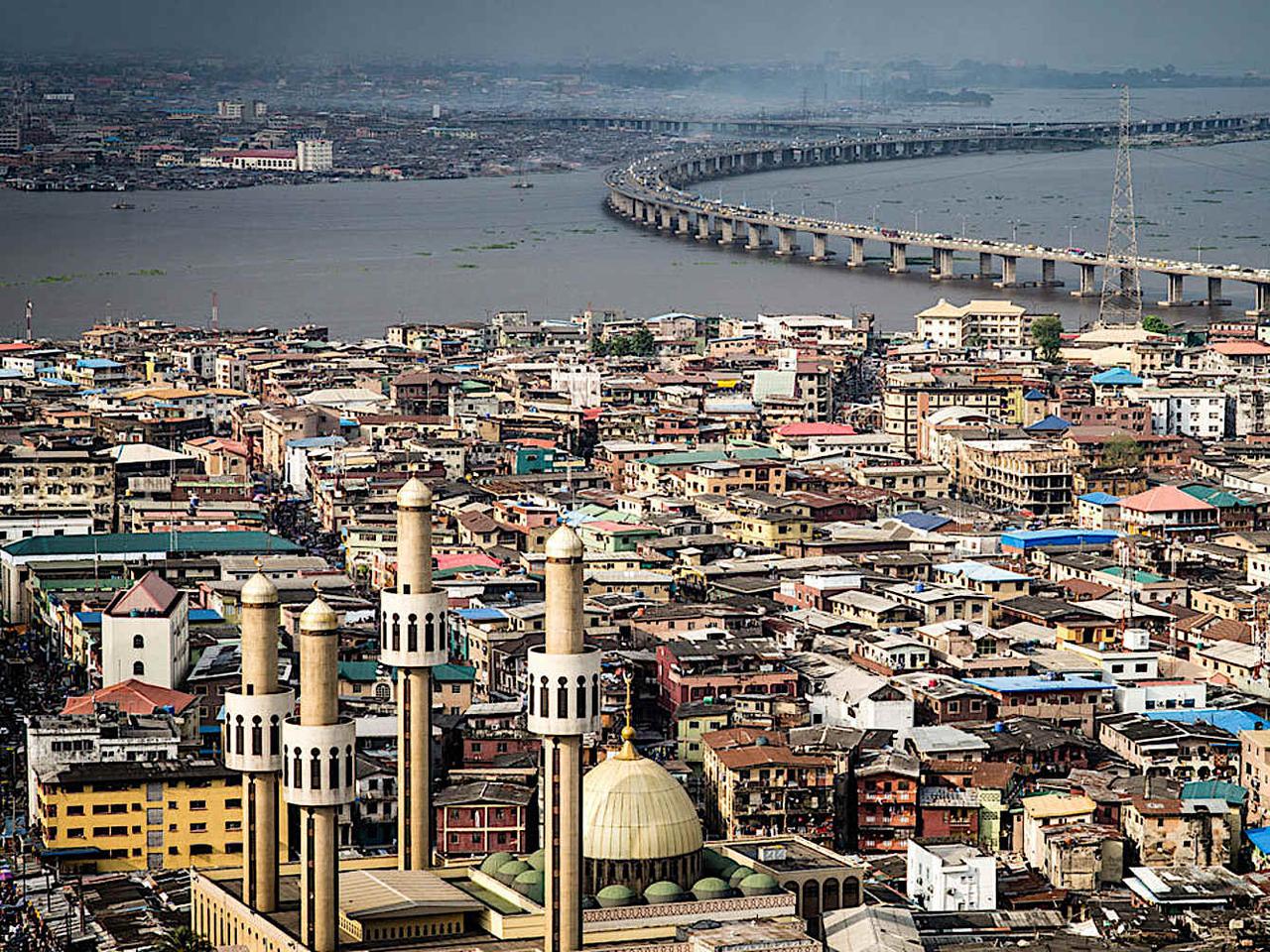How Saudi oil attack may impact India, global oil supplies
Highlights
- Analysts warned that an extended period of high oil prices could hurt India’s economic growth as it imports 83 per cent of its crude requirement
- Global oil prices spiked the most since the 1991 Gulf war on Monday, sparking worries of an extended spell of market volatility hitting consumer sentiment by pushing up fuel prices
Smoke appearing from fire at Saudi Aramco's crude-processing facilities. (Photo: AP)


NEW DELHI: On September 14, drones attacked the world's largest crude-processing facility operated by Saudi Arabia's Aramco. The drone attack, claimed by Yemen’s Houthi rebels, cut the kingdom’s crude output in half and sent prices soaring by the most in decades.
The attack on Saudi Aramco's crude-processing facilities + at Abqaiq and Khurais cut output by 5.7 million barrels a day and threw into question its ability to maintain oil exports.
Oil minister Dharmendra Pradhan stated that "we are confident that there would not be any supply disruption" as the situation is "closely monitored". However, analysts warned that an extended period of high oil prices could hurt India’s economic growth as it imports 83 per cent of its crude requirement.
How oil attack may Impact India
An extended period of high oil prices is likely to hurt India’s economic growth. Saudi is our second-biggest oil supplier after Iraq. It sold 40.33 million tonnes of crude oil to India in 2018-19 fiscal, when the country had imported 207.3 million tonnes of oil.
A $10 rise in Brent will lift India’s annualised import bill by $15 billion, the Jeffries report said. Investment bankers reckon a 10 per cent rise in oil prices widens India’s current account deficit by 0.4-0.5 per cent of GDP (gross domestic product). In 2018-19, India imported 207.3 million tonnes of oil.
The rise in crude prices may hit hard as the Indian economy is already facing a slowdown and also trying to cover up for the loss of oil supply from Iran after the United States imposed sanctions. The economy expanded 5 per cent in the three months through June from a year earlier, the slowest pace since March 2013.
How rising crude prices may impact CAD
The Centre doesn’t directly import oil but costlier crude still impacts government maths. The current account deficit (CAD) widens as the rupee weakens due to higher demand for dollar. The subsidy bill and inflation, which has a bearing on interest rates, also rise. All of these end up squeezing the government’s ability to spend on social sector schemes or sops to revive the economy.
High oil prices, if not tamed, will over a period of time suppress demand and raise input cost for farmers and industry.
Global oil rates surged most since 1991 Gulf war
Global oil prices spiked the most since the 1991 Gulf war on Monday, sparking worries of an extended spell of market volatility hitting consumer sentiment by pushing up fuel prices and posing fresh challenges to the government’s recent efforts to revive the pace of economic growth.
Global benchmark Brent crude rose 19 per cent to almost $72 per barrel after the market opened for the first time after the drone strike at the heart of Saudi Arabia’s oil industry. The attack knocked out half of the Opec (Organization of the Petroleum Exporting Countries) lynchpin’s production, or roughly 6 per cent of daily global supply.
On Tuesday, oil prices dropped although the market remains on tenterhooks over the threat of a military response to attacks on Saudi crude oil facilities
A threat for global oil supplies
The attack cut 5.7 million barrels per day (bpd) of Saudi crude output, over 5 per cent of the world's supply. But, the attack also constrained Saudi Arabia's ability to use the more than 2 million bpd of spare oil production capacity it held for emergencies.
Before the attack, the Opec global supply cushion was just over 3.21 million barrels per day (bpd), according to the International Energy Agency (IEA).
Saudi Arabia - the defacto leader of Opec - had 2.27 million bpd of that capacity. That leaves around 940,000 bpd of spare capacity, mostly held by Kuwait and the United Arab Emirates. Iraq and Angola also have some spare capacity. They may now bring that production online to help plug some of the gap left by Saudi Arabia - but it won't be enough.
What Trump said on Saudi attack
US President Donald Trump said that it looked like Iran was behind attacks on the Saudi oil facilities but stressed he did not want to go to war. Tehran, on the other hand, has rejected the charges that it was behind the drone strikes.
Tensions may escalate in case of any further spat between the two nations.
Relations between the US and Iran have deteriorated since Trump pulled out of the Iran nuclear accord last year and reimposed sanctions on its oil exports.
Washington also wants to pressure Tehran to end its support of regional proxy forces, including in Yemen where Saudi forces have been fighting Iran-backed Houthis for four years.
(With agency inputs)
The attack on Saudi Aramco's crude-processing facilities + at Abqaiq and Khurais cut output by 5.7 million barrels a day and threw into question its ability to maintain oil exports.
Oil minister Dharmendra Pradhan stated that "we are confident that there would not be any supply disruption" as the situation is "closely monitored". However, analysts warned that an extended period of high oil prices could hurt India’s economic growth as it imports 83 per cent of its crude requirement.
How oil attack may Impact India
An extended period of high oil prices is likely to hurt India’s economic growth. Saudi is our second-biggest oil supplier after Iraq. It sold 40.33 million tonnes of crude oil to India in 2018-19 fiscal, when the country had imported 207.3 million tonnes of oil.
A $10 rise in Brent will lift India’s annualised import bill by $15 billion, the Jeffries report said. Investment bankers reckon a 10 per cent rise in oil prices widens India’s current account deficit by 0.4-0.5 per cent of GDP (gross domestic product). In 2018-19, India imported 207.3 million tonnes of oil.
The rise in crude prices may hit hard as the Indian economy is already facing a slowdown and also trying to cover up for the loss of oil supply from Iran after the United States imposed sanctions. The economy expanded 5 per cent in the three months through June from a year earlier, the slowest pace since March 2013.
How rising crude prices may impact CAD
The Centre doesn’t directly import oil but costlier crude still impacts government maths. The current account deficit (CAD) widens as the rupee weakens due to higher demand for dollar. The subsidy bill and inflation, which has a bearing on interest rates, also rise. All of these end up squeezing the government’s ability to spend on social sector schemes or sops to revive the economy.
High oil prices, if not tamed, will over a period of time suppress demand and raise input cost for farmers and industry.
Global oil rates surged most since 1991 Gulf war
Global oil prices spiked the most since the 1991 Gulf war on Monday, sparking worries of an extended spell of market volatility hitting consumer sentiment by pushing up fuel prices and posing fresh challenges to the government’s recent efforts to revive the pace of economic growth.
Global benchmark Brent crude rose 19 per cent to almost $72 per barrel after the market opened for the first time after the drone strike at the heart of Saudi Arabia’s oil industry. The attack knocked out half of the Opec (Organization of the Petroleum Exporting Countries) lynchpin’s production, or roughly 6 per cent of daily global supply.
On Tuesday, oil prices dropped although the market remains on tenterhooks over the threat of a military response to attacks on Saudi crude oil facilities
A threat for global oil supplies
The attack cut 5.7 million barrels per day (bpd) of Saudi crude output, over 5 per cent of the world's supply. But, the attack also constrained Saudi Arabia's ability to use the more than 2 million bpd of spare oil production capacity it held for emergencies.
Before the attack, the Opec global supply cushion was just over 3.21 million barrels per day (bpd), according to the International Energy Agency (IEA).
Saudi Arabia - the defacto leader of Opec - had 2.27 million bpd of that capacity. That leaves around 940,000 bpd of spare capacity, mostly held by Kuwait and the United Arab Emirates. Iraq and Angola also have some spare capacity. They may now bring that production online to help plug some of the gap left by Saudi Arabia - but it won't be enough.
What Trump said on Saudi attack
US President Donald Trump said that it looked like Iran was behind attacks on the Saudi oil facilities but stressed he did not want to go to war. Tehran, on the other hand, has rejected the charges that it was behind the drone strikes.
Tensions may escalate in case of any further spat between the two nations.
Relations between the US and Iran have deteriorated since Trump pulled out of the Iran nuclear accord last year and reimposed sanctions on its oil exports.
Washington also wants to pressure Tehran to end its support of regional proxy forces, including in Yemen where Saudi forces have been fighting Iran-backed Houthis for four years.
(With agency inputs)















































All Comments ()+^ Back to Top
Refrain from posting comments that are obscene, defamatory or inflammatory, and do not indulge in personal attacks, name calling or inciting hatred against any community. Help us delete comments that do not follow these guidelines by marking them offensive. Let's work together to keep the conversation civil.
HIDE